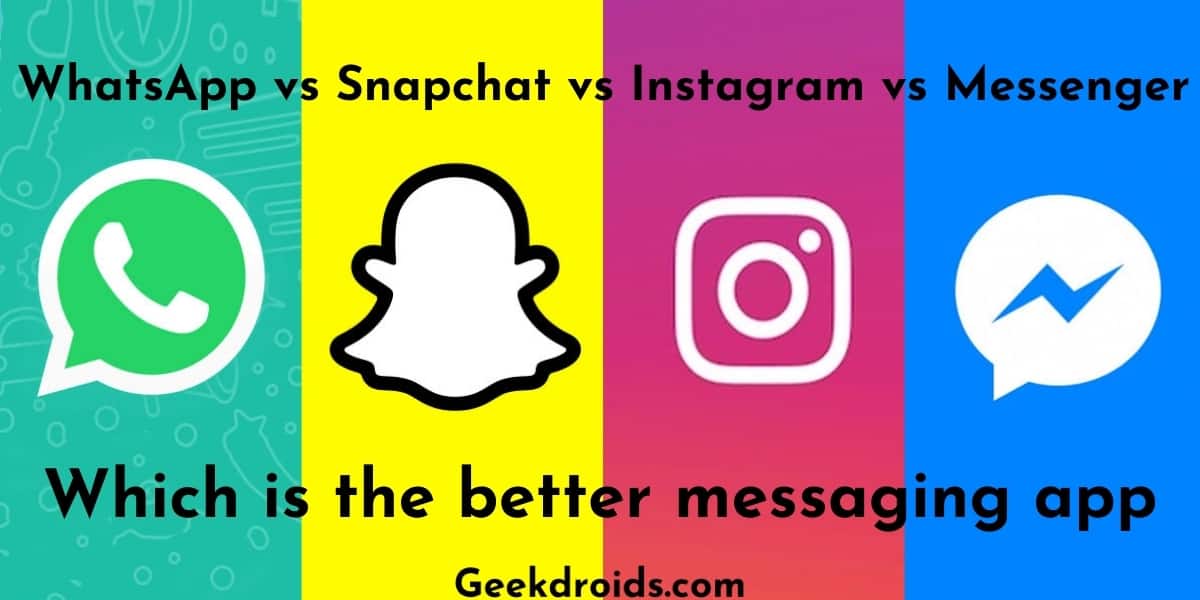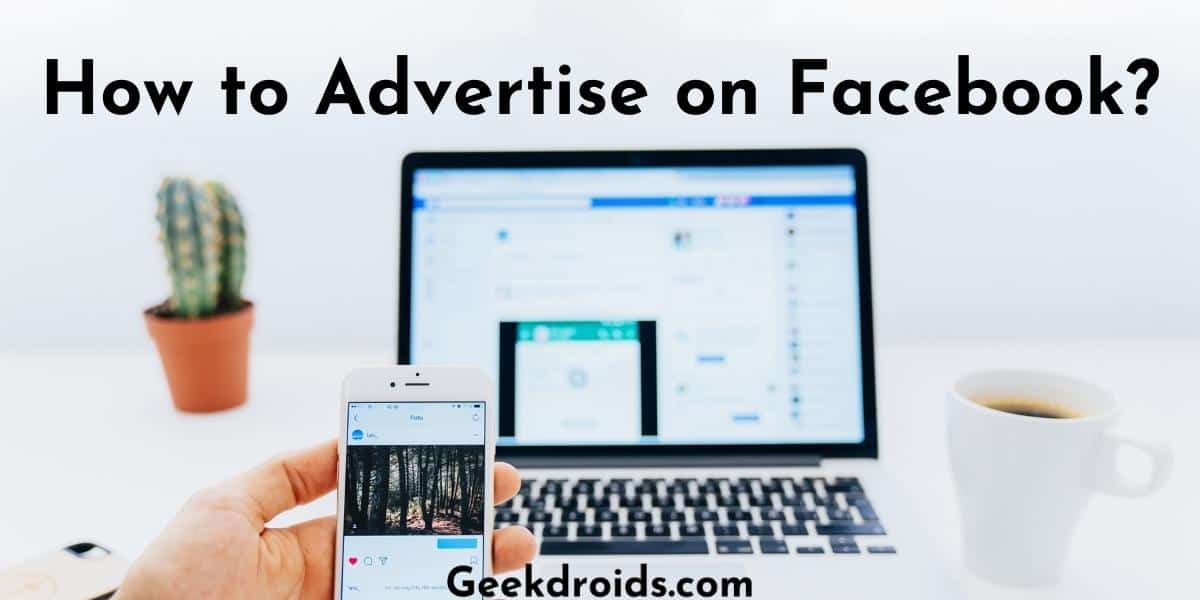Before the advent of instant long-distance communication, we communicated with our long-distance families and friends using mail. Writing letters is a very customized and personal experience. However, a handwritten letter takes a long time to arrive at the receiver due to logistical restraints.
When the telegraph became commercially available in 1837, the speed of sending messages became “almost” instant. It wasn’t until 1944 that the line for sending high-speed intercity telegrams was completed.
However, just like any other technology, the telegraph also has its limitations. For one, it has limited character support (fixed in later reiterations), and sending telegrams is ultra-expensive, making it a luxury only rich people can afford. How expensive? For transcontinental, that’s about $7.40 in every ten words, or about $200 today, inflation-adjusted. For transatlantic, that means, for example, sending telegrams from the US to England, it is about $100 or $2,600 in today’s money.
However, it has improved over time, and prices significantly went down, making it accessible to almost everyone. Since then, more and more developments have been made for better and speedy telecommunications.
On March 7, 1876, Alexander Graham Bell invented the telephone. Then about 96 years later, in 1973, Motorola invented cell phones. When the internet was made available on August 6, 1991, computers started connecting us to people a thousand miles away from us. In 1996, Nokia released the Nokia 9000 Communicator in Finland – the first mobile phone with internet connectivity. And as you know, the rest is history.
Nowadays, the internet is almost available and readily accessible to everyone. Thanks to the wide adoption of smartphones, communication has never been this convenient. This major development also gave way to the rise of different online communications modes like forums, social media, microblogging sites, and chat/messaging platforms.
The four most common ones are WhatsApp, Snapchat, Instagram, and Facebook Messenger. By the way, as we all know, three of these platforms are owned by the American company, Facebook Inc.
These platforms are easily available and are free to use. But which do you think is the best one?
1. WhatsApp
Page Contents
WhatsApp is the most widely used messaging platform in the world right now. Despite the recent privacy debacle, the company has been accused of, some users moved to other messaging platforms like Signal and Telegram.
WhatsApp is the main mode of communication for everyone. It is simple, easy to use, and has a lot of features to offer.
Features of WhatsApp
- Free unlimited video and voice calls
- Doesn’t have ads
- Has a group chat feature
- Accessible to computers, with an auto-sync feature
- End-to-end encryption
- Google Drive backup
- Story feature
- Supports document sharing
2. Snapchat
Snapchat is another great social media app. Snapchat popularized disappearing messages, snap, and AR filters and lenses. If you see someone online with a glittery, flowery profile picture, it was taken using the amazing Snapchat filters. Plus, filters refresh all time. You may have one kind of filter today, then get a new one the next day.
The most attractive feature of Snapchat is a Snap. Snap is just a regular photo or short video you can post on Snapchat or send it to your buddies, and it would automatically disappear after 24 hours.
There is also a feature called Snap streak, which means the other person has to reply to your Snap with another Snap within 24 hours. Following this, there’ll be a fire emoji besides your friend name with the number of days you have been exchanging snaps. However, if you don’t snap within 24 hours, then the Snap streak will disappear. This upsets some users as some have a snap streak of more than 500 days, and one mistake can cause them to lose their streak. But if you have lost your snap streak, you can follow this guide to recover it 24 hours.
Features of Snapchat
- Disappearing message
- Video editing feature
- Snap streaks
- AR filters and lenses
- User notice for screenshots
- Snap map
- Snapchat story
- Geo-filters
- Snapcash
- Shazam integration
- Bitmoji integration
3. Instagram
Instagram is also one of the best modes of communication to communicate with friends and colleagues. To the people who love to take random shots, Instagram is for you.
After Facebook acquired the company in 2012, Instagram started adding many features that made it to what it is today. It is also where celebrities hang out online these days, and so it is not surprising to see many people using it to follow their favourite stars. Here are some great tips for new Instagram users.
Features of Instagram
- Post unlimited photos and videos
- It is a common platform used to grow audience and following
- Instagram filters
- Story mode
- Private account mode
- Instagram Live
- IG shops with VR shopping feature
- Shoppable tags in the story
4. Facebook Messenger
When smartphones went on rising, Facebook started separating the messaging feature from the Facebook app. Both are still well-integrated, but you need to install Facebook Messenger separately if you want to message a friend or family.
Features of Messenger
- Free unlimited high-quality video and voice calls.
- Photo and video sharing
- Private conversation
- Supports group chat function
- Voice recording feature
- Works even if you don’t have a Facebook account
- Watch Together feature allows you and your friends to watch a movie or video together over video chat
- Support for emoji, GIFs, and sticker
- Custom message reactions
- AR effects
- Reply to conversation
- Support for Face ID
- Support for payments
WhatsApp vs Snapchat vs Instagram vs Facebook Messenger
Now that we have discussed each of the platforms, it is now time to discuss each similarity and difference. In this part, you will know which platform is best for you.
1. Compatibility
Major companies develop these platforms, so it comes as no surprise that they are all supported in Android and iOS. However, Snapchat is the only app on this list that doesn’t support desktop access through a computer. However, you can get away with this by installing an Android emulator on your computer and running Snapchat.
2. Ease of Use
All these platforms are easy to use. However, if there is one thing that is far easier to access, it is Facebook Messenger. Facebook maintains security while also being easy to use. Sometimes Facebook’s security measures can be annoying too, as many people have reported receiving too many texts from 32665 number which belongs to Facecbook.
For example, if someone losses their phone, they cannot use WhatsApp to communicate with their family or friends as it requires an OTP or a QR code for scanning. But if you are active on Facebook, then it’s easy. Facebook Messenger requires a secure login and doesn’t force you to look for any codes on your phone messages before logging in. Just log in with ease and message your family.
As for Snapchat and Instagram, while also being relatively easy to use, if you are in a hurry to message someone, you still need to get to the Direct Message to do that.
3. Stories
For Stories, WhatsApp is definitely out of the list. Compared to the other three, WhatsApp Story is bland at its best and doesn’t have many features. It is limited and can be annoying at times.
As for the other three, Facebook Messenger, Instagram and Snapchat have the best Stories feature. Both Instagram and Snapchat consider its story feature a secondary feed and is fully integrated into the primary feed. It has support for AR stickers and filters, but Instagram shoppable tags add as a bonus. Facebook Messenger almost has the same Story features as Snapchat and Instagram.
All of these Stories disappear after 24 hours.
4. Filters, Stickers & Editing
Again, this is WhatsApp’s weak point. It doesn’t have many features besides adding text, stickers, and boring filters to the story. The other three, though, have fantastic choices of filters, stickers, and editing. The AR filters on both Instagram and Snapchat are great. Being a photo-sharing site, Instagram also has a good list of filters to tweak before uploading the content. Snapchat features simple video editing, just like Instagram and Facebook Messenger. While Facebook Story works closely similar to Instagram with a possible integration in the future.
5. Calling Feature
All of these platforms support video and voice calling. In this regard, Facebook Messenger and WhatsApp win. They both offer high-quality voice and video calls and support group calling as well. As a side note, both Snapchat and Instagram also support voice and video calls. So whichever platform you choose to use, you aren’t missing these features. Also, they are all free and unlimited.












1 thought on “WhatsApp vs Snapchat vs Instagram vs Messenger: The Better Messaging App”
this helped me in my assignment thank you 🙂